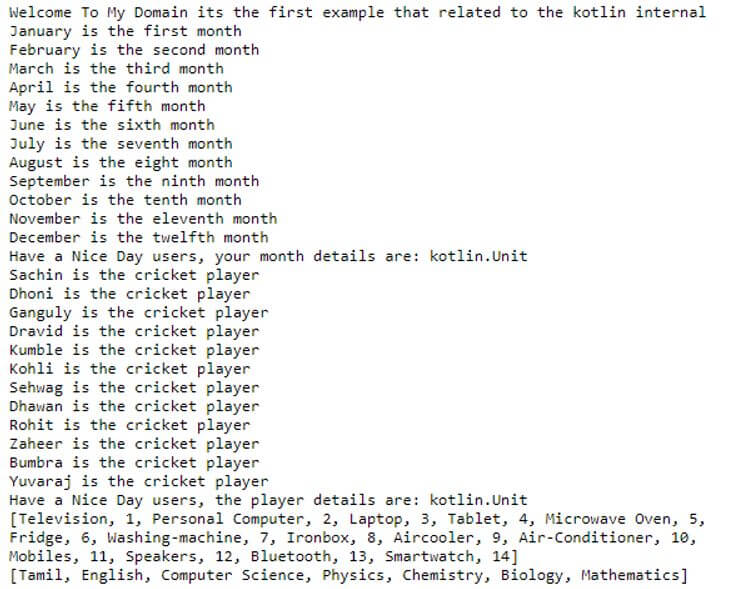

In the meantime, check your code carefully if the dex method count is something you worry about.Encapsulation is one of the important features of object-oriented programming. Sadly there isn’t yet an inspection for this yet, but I’m hoping that IntelliJ/Google will add this fairly soon. So yes, you do need to be careful about accessing private functions in Kotlin for the same reason as you do in Java, and there appears to be a hidden cost in simply using properties. If this is a huge concern for you there’s a simple fix add the annotation to the property and the getter/setter won’t be generated (thanks to Kirill Rakhman for the heads up). Applying the same inspection to the equivalent Java code results in just 3 methods two fewer than Kotlin. However in this case as the property is being accessed inside the parent class: these are obviously superfluous.

In most Java classes you’d likely have written setters and getters anyway, so you haven’t really gained any unneeded methods in many situations. Whether or not this seems unnecessary is up to you. Public final int getCounter$production_sources_for_module_Test_Project () I figured it would be but I wanted to check, so here’s what I found: Ultimately this shouldn’t be too surprising: Kotlin compiles down to the equivalent Java bytecode, so this is indeed a problem here too. But is this an issue in the new hotness, Kotlin? There’s also a handy inspection built into Android Studio to highlight cases that you might have missed:

Direct access to these methods or fields can also be up to 7 times faster than using a getter, which is nothing to sniff at.Ĭonsequently at Blockchain we use the Thunk annotation to signal to developers that we’ve changed the scope of a field or method for the sake of avoiding synthetic accessor creation. These synthetic accessors are generated by the compiler and have big drawbacks on Android - potentially adding hundreds if not thousands of unnecessary methods across a project, each contributing to hitting the dex limit. Jake Wharton’s talk on Java’s hidden costs is worth a watch here if you have no idea what I’m talking about. So this is a pretty nerdy blog and should be a quick one, but I just wanted to share my findings.Īs you may know, accessing private methods or fields in Java from nested or anonymous inner classes results in the creation of synthetic accessor methods.


 0 kommentar(er)
0 kommentar(er)
